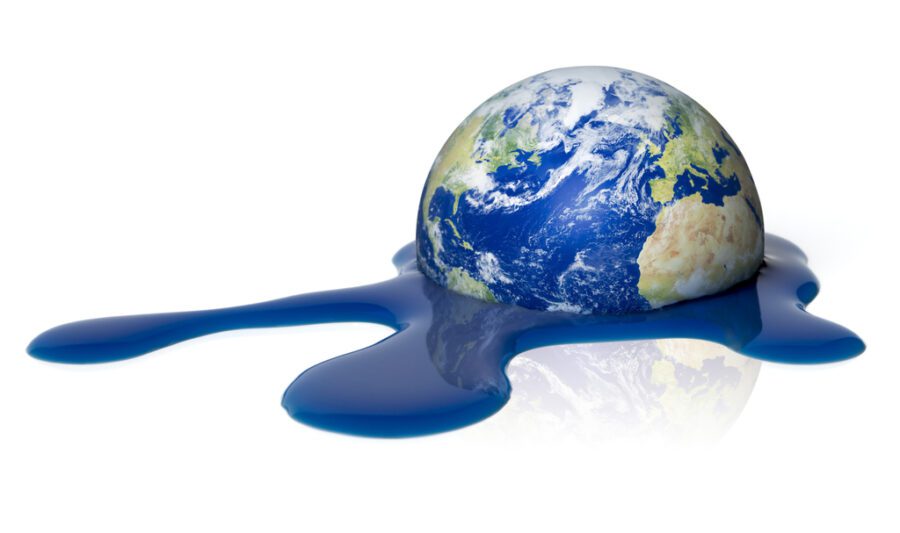This article was written by Hannah Augur.

Global warming. For a topic as massive, important, and (somehow) controversial, big data is a clear option for sorting through the muck. What information is reliable? What solutions are realistic? When a global issue pits the future of humanity against, well, everything humanity is accustomed to, facts are vital. Big data doesn’t just give the public pretty visualizations, it reveals facts about climate change that make a difference. Instead of knowing only that the climate is changing, data studies are showing how fast, where, and which industries are making it worse. How is data being used in the fight against climate change, and will it work?
The first step for data is to do what it does best: offer a thorough, easy-to-grasp glimpse into the realities of climate change. If GoogleMaps looks massively detailed, check out Landsat, NASA’s records of the state of the global land surface. It’s the longest and most complete record of its kind in existence, and it’s proved indispensable for studying the impacts of climate change. Even NASA has said such data is essential for monitoring how humans are specifically changing the planet and affecting climate change. The US’s Environmental Protection Agency has also used data to show where change is happening. Now, it’s clear the largest source of greenhouse emissions is electricity and heat production—though agriculture, forestry and land use is only one percent behind.
EPA Data makes it clear that China represents the world’s single largest source of CO2 emissions, with the US in second. The next question is, how can we use that information to make a difference? One great strength of data science is predictive modeling, and that will prove vital in upcoming initiatives. NASA uses data to answer questions about the future of the planet. For example, what will the Earth look like in 2100? By integrating actual measurements with climate simulation data, they created realistic expectations for the years to come, as well as a variety of possibilities dependent on a given greenhouse gas scenario.
Ellen Stofan, NASA chief scientist, notes that, “with this new global dataset, people around the world have a valuable new tool to use in planning how to cope with a warming planet.” While NASA won’t necessarily be offering consumer products or passing bills to regulate businesses, their data gives those in power everything they need to make better decisions—and even spend less money.
For cultures and governments that want to stop climate change, but also spend the least amount of money, and give up the least amount of comfort, accurate predictions remove a lot of pressure. Data means that solutions can be carefully evaluated, simulated and implemented. And that may make governments more open to giving them a try. One of the most popular examples is the Ronald Reagan Building in Washington, D.C., where solutions saved both energy and $800,000. And that is only one of several examples. Consumers, on the other hand, are less than excited about giving their daily comforts. But big data solutions are offering consumers the chance to save money by wasting less energy. Fortunately, it doesn’t matter whether people are using less energy for the environment or for themselves.
To read the full original article click here. For more climate change related articles on DSC click here.
DSC Resources
- Services: Hire a Data Scientist | Search DSC | Classifieds | Find a Job
- Contributors: Post a Blog | Ask a Question
- Follow us: @DataScienceCtrl | @AnalyticBridge
Popular Articles
